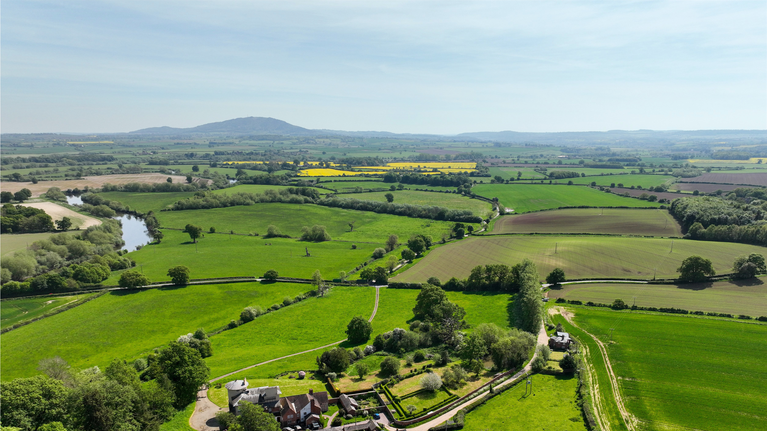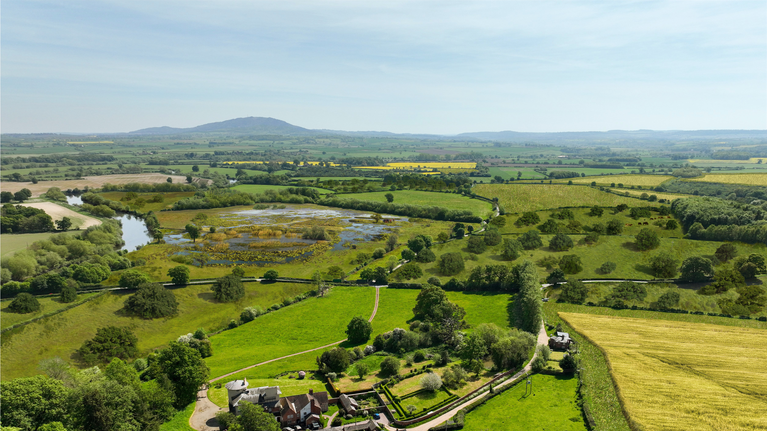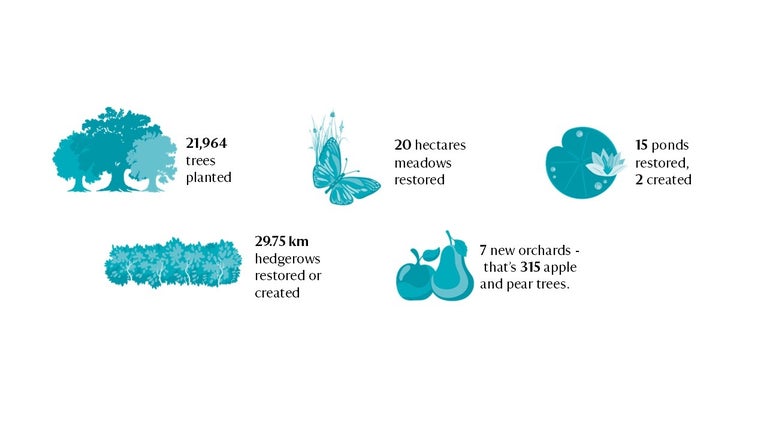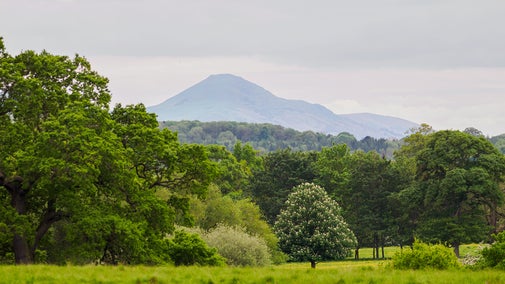October 2025
Improving our habitats across the Attingham Estate
Practical delivery of a number of interventions aimed at improving our habitats for nature is starting to take place. Our Ranger team has been designing woody debris barriers utilising guidance and principles based on best practice from the ‘Shropshire Slow the Flow’ project.
We are also starting to restore several ponds on tenanted farmland as well as in the Parkland. Ponds play a crucial role in nature restoration, providing excellent habitats for a variety of flora and fauna whilst also providing more water storage and flood management across the Estate.
























